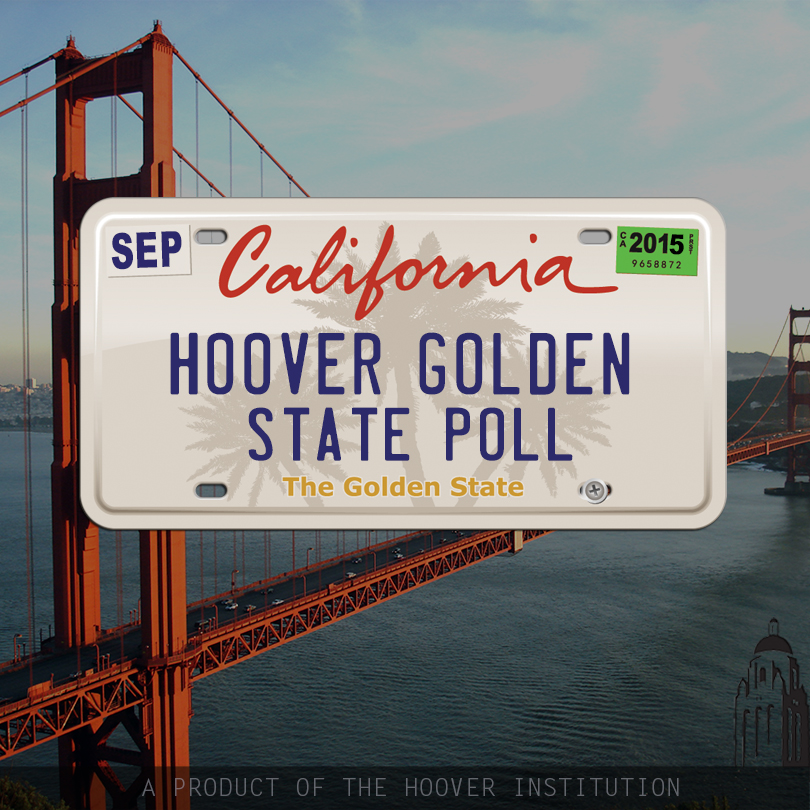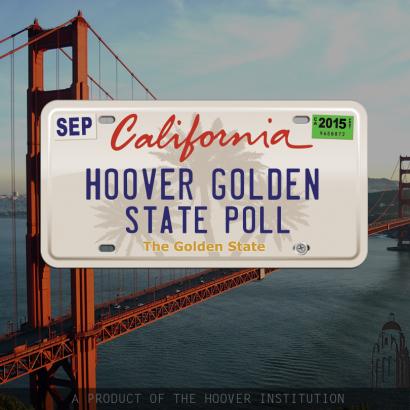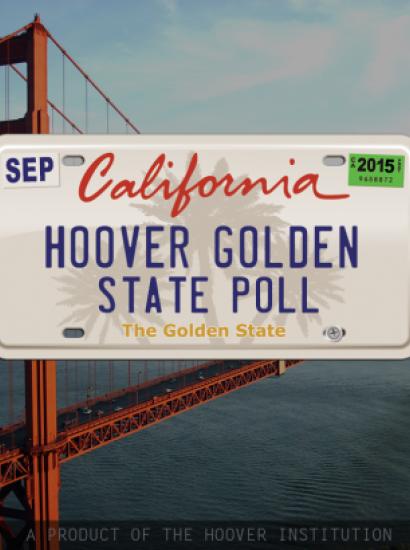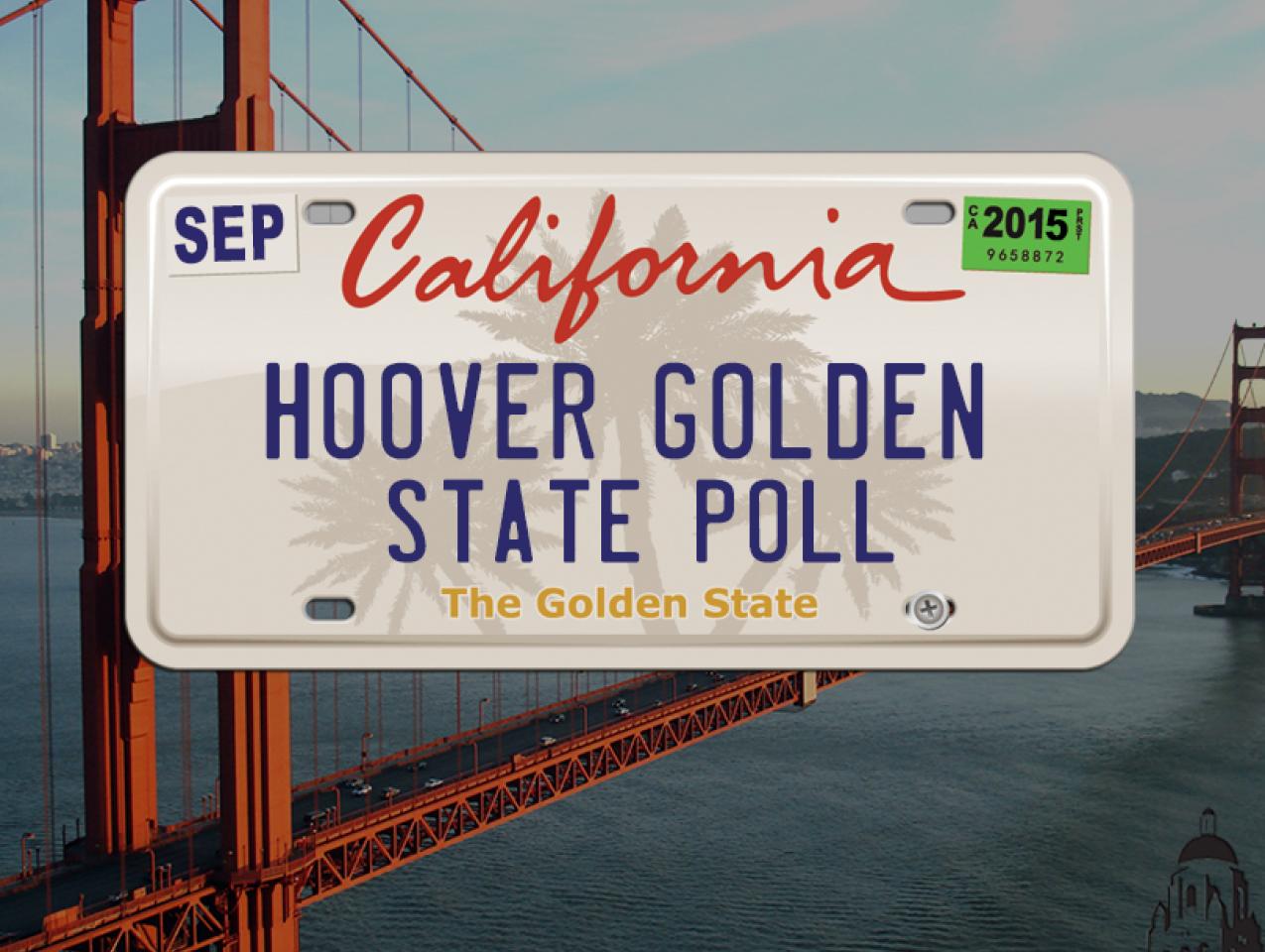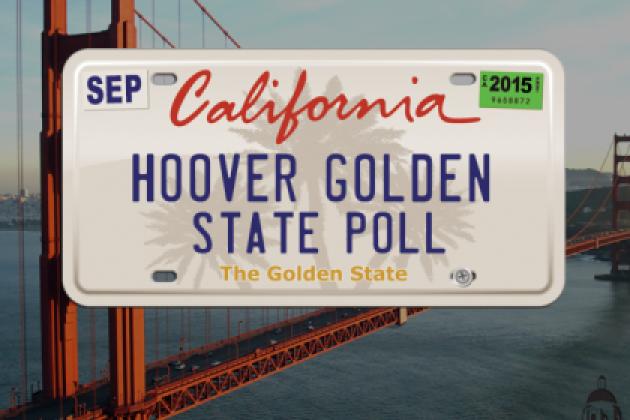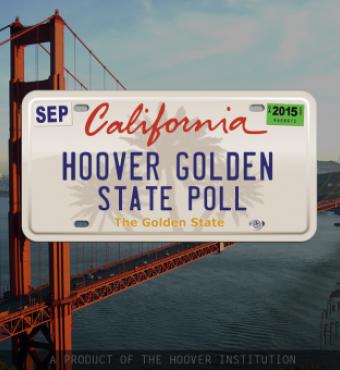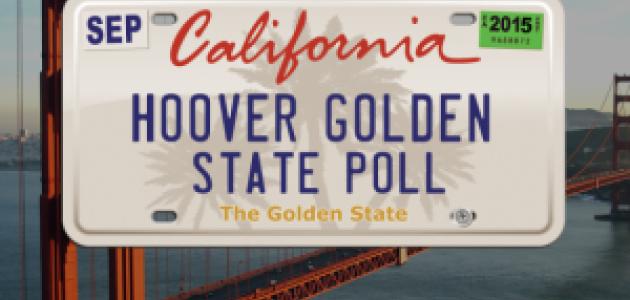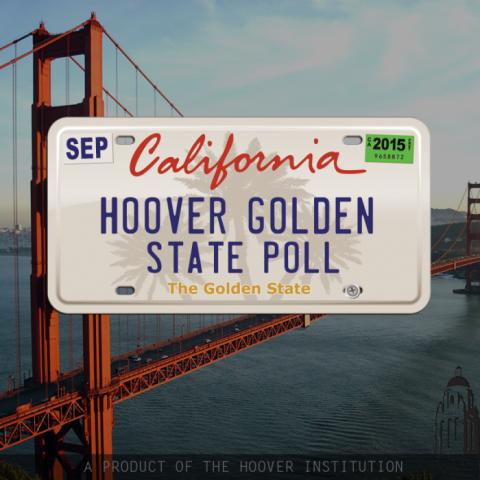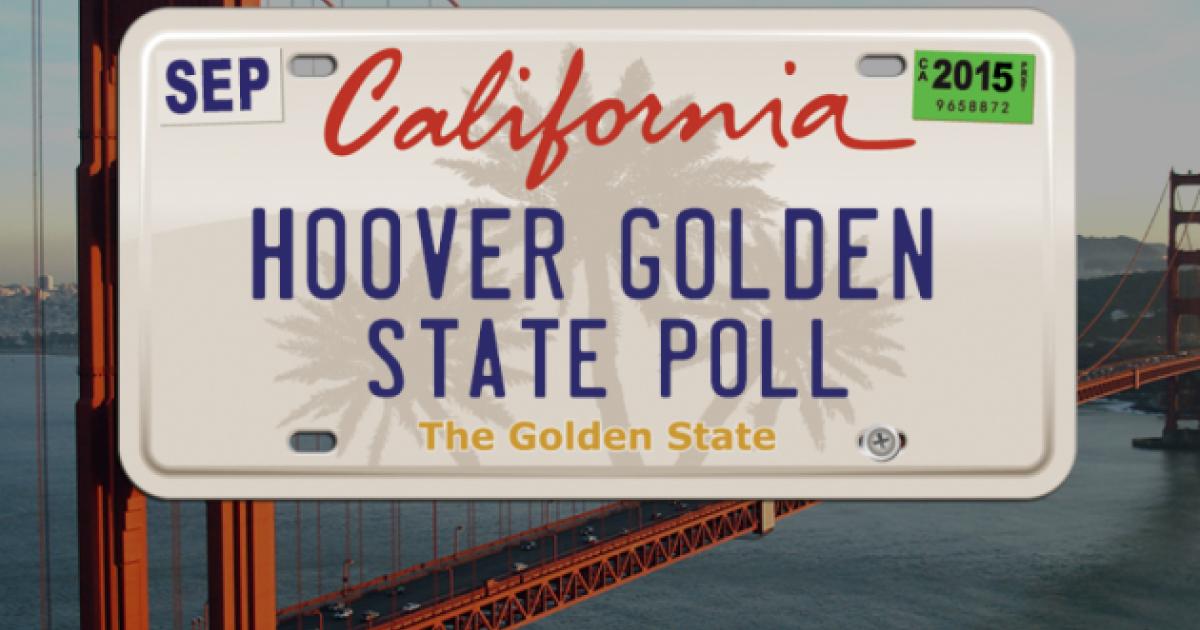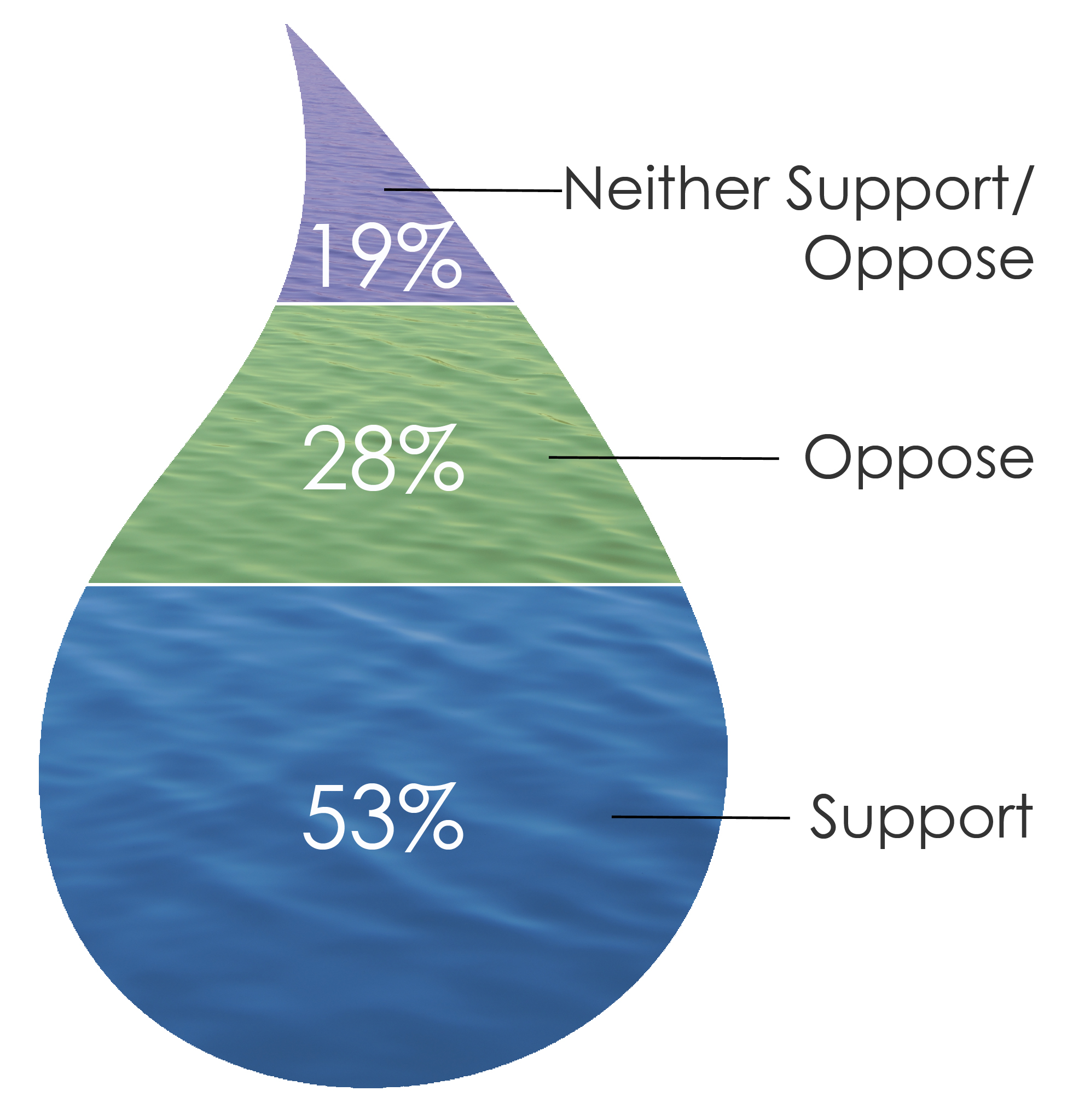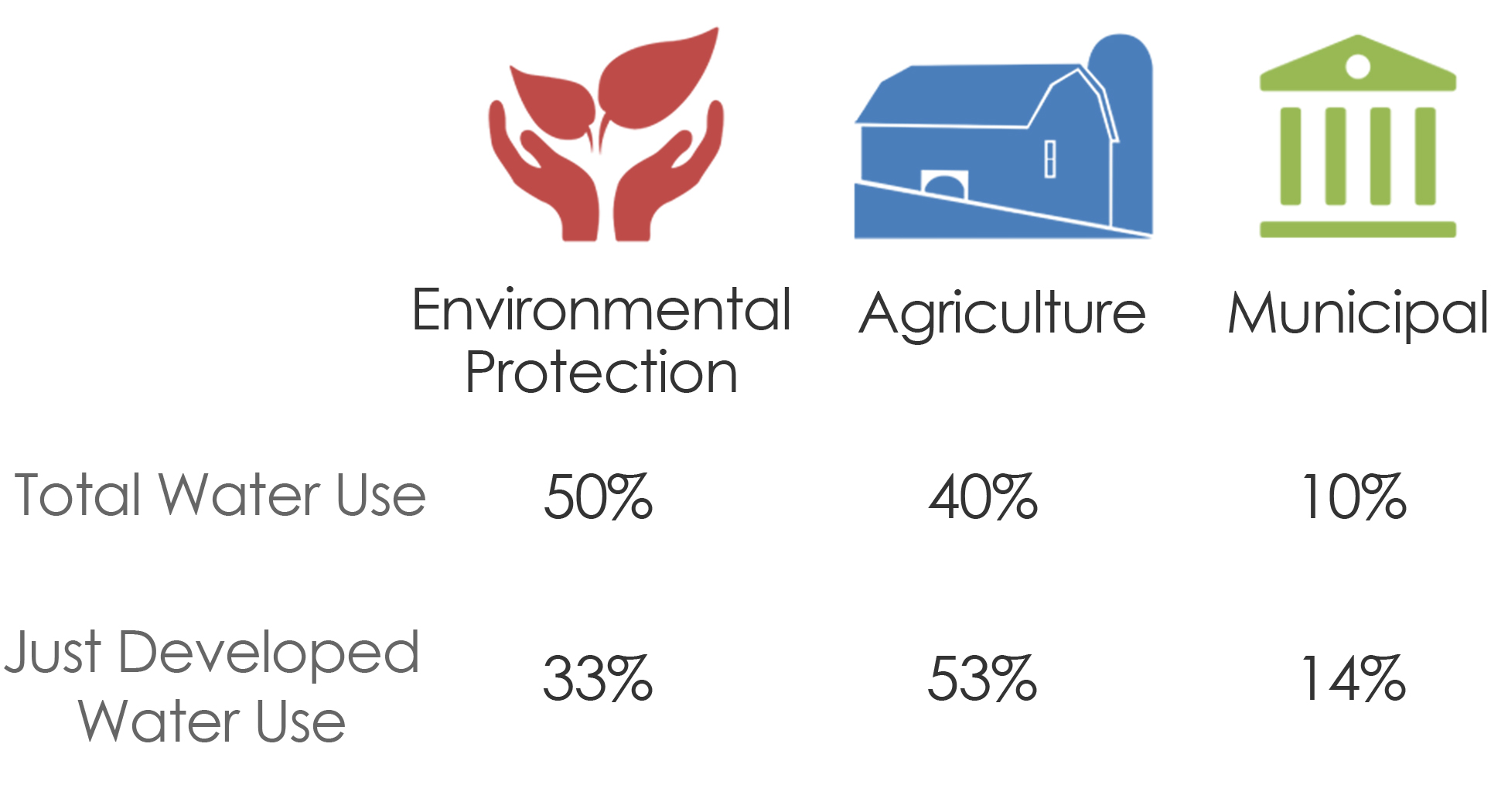- Politics, Institutions, and Public Opinion
- State & Local
- California
Winston Churchill once quipped, “Never let a good crisis go to waste.” For California, nothing is less apt a statement than how to deal with the four-year (and counting) drought and what to do to prevent or lesson future ones. The Hoover Institution’s new Golden State Poll explored just that, surveying Californians living in the Bay Area, Central Valley, and Southern California on topics pertaining to the drought, including two experiments that highlight the crucial nature of informing voters about these, sometimes, complex issues.
Despite the cacophony of topics, a key theme emerges from the September 2015 Golden State Poll’s results. Californians are largely unified in their belief that an “all-of-the-above” approach is not only needed, but imperative to deal with this and future droughts. This is particularly interesting given the very dominant regional differences in California as well as considering our country’s increasingly partisan nature. This Golden State Poll should put Sacramento and the state’s leaders on notice: Californians want action and want it now.
The most immediate issue during a drought is how to curtail current water use to ensure existing resources remain sufficient. In this regard, Governor Jerry Brown implemented a statewide 25% conservation mandate. So far, Californians have responded well to Sacramento’s conservation-only approach, cutting water use by 31% in July 2015 compared to two years ago. But it hasn’t been without critics. One such criticism is that many communities were already implementing conservation efforts prior to 2013 – the benchmark for the current mandate. These communities argue that they shouldn’t have to cut their use as much as others who were idly standing by until the mandate. Californians, however, have mixed feelings regarding this critique. 45% vs. 36% of likely voters say they support all communities reducing their water use compared to 2013 regardless of whether the community had made efforts to conserve before 2013 or not.
But likely voters don’t just stop there; 67% support restricting water use even if the community has access to groundwater supplies and 62% support requiring neighboring communities to share groundwater supplies – both of which are of particular importance in the Central Valley where some communities are completely without water. Moreover, even though many accuse California’s environmental interests of wasting water on fish while many are making do with less, 64% – including 48% of Republicans and 56% of Central Valley residents – support required water cutbacks to protect the state’s aqua-life. That said, however, 53% of likely voters support relaxing environmental laws in order to make it easier to build new storage and conveyance systems.
While water use is the more immediate concern, this drought has exposed serious deficiencies in California’s water supply. With the Sierra Nevada Mountain snowpack at a 500 year low, California’s system of turning snowpack into usable water may no longer be sufficient and on ways to increase the water supply, Californians are quite comprehensive. 70% of likely voters support building more dams and reservoirs, while 89% support storing more water in the underground aquifer. Here we have a paradox, though. California’s groundwater aquifer requires mountain runoff or surface water irrigation to replenish (and increase) its supply. Capturing more runoff in reservoirs only helps if that water is then transferred to farms for irrigation. 91% of likely voters support collecting and treating storm water – although for what use remains unknown – and finally, despite its environmental and energy-use concerns 82% – including 77% of Bay Area residents and 80% of Democrats – support building desalination plants along the state’s coastline.
Beyond what policies Californians would support, this Golden State Poll evaluated how information can affect Californians views on two important and controversial issues that are receiving more scrutiny because of the drought: agriculture’s share of California water use and Orange County’s expansive wastewater treatment system. Using a control group that received no information about these issues and two other groups who received differing details, we clearly find that information changes perception, even among the most-skeptical.
The control group for whether agriculture’s share of water should be transferred to municipal uses was effectively split between support, opposition, and not being sure. However, when told that agriculture contributes just 2% of the state’s GDP, but by some estimates they use 80% of the state’s water, support for redirecting some of agriculture’s water to municipal uses jumps from 29% among likely voters to 47%. Opposition among Republicans drops from 58% in the control group to 40% in the 2%/80% group (note: keep in mind sample sizes are small for these crosstabs leading to larger margins of error). However, when told a more balanced and comprehensive picture of California’s water use – 40% to agriculture, 10% to municipalities, and 50% to environmental protection efforts – support and opposition levels reflect the control group with support among Democrats dropping from 60% in the 2%/80% group to 44%.
Cathy Green’s piece in this issue of Eureka explores the very implementation of the second experiment. When Orange County decided to recycle wastewater to replenish its groundwater aquifer, it had to undergo an extensive public relations campaign to prevent a public revolt. When given no information of wastewater treatment, just 10% said they’d be okay with drinking treated wastewater; yet when given a detail explanation of Orange County’s treatment process, those saying they’d be fine with drinking such water doubles.
In January 2015, 69% of Californians said the drought should be Sacramento’s top priority, second only to the economy. Now, almost 81% say such. It is clear that Californians see the drought as a crisis and one that its leaders ought not let go to waste. Now is the time to seriously reform California’s water use and supply systems and everything should be on the table when determining the Golden State’s next steps.

Desalination
Used in over 120 countries producing over 3.5 billion gallons of potable water per day, desalination purifies water using reverse osmosis, i.e. pulling the water through semi-permeable membranes. This removes not only salt and other minerals, but also biological and organic compounds, making it suitable for seawater, wastewater, contaminated groundwater and runoff, and lake and river water. While the reverse osmosis process is energy-intensive (and hence, costly), researchers are developing thinner membranes – some just one atom thick – which would make the process cost-effective.







